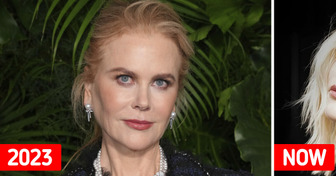12 Holiday Stories With Wild Twists You Won’t See Coming

Perhaps even those who are not connected to fashion know about this brand name. Today, when hearing Balenciaga, many people associate the name with sneakers, oversized sweatshirts, and other trendy attributes of the modern wardrobe. One might get the impression that this is a new brand that just appeared in our lives relatively recently and got its niche right away. However, this is not true. The founder of this fashion house, Cristóbal Balenciaga, was born in the 19th century and he was considered one of the main designers who were admired by Christian Dior and Coco Chanel.
We at Bright Side decided to carefully study the story of this brand which has not only managed to resurrect itself, but that has also become one of the most popular and discussable brands in the world today.
Whose designs do you like more — Cristóbal Balenciaga’s or Demna Gvasalia’s?











